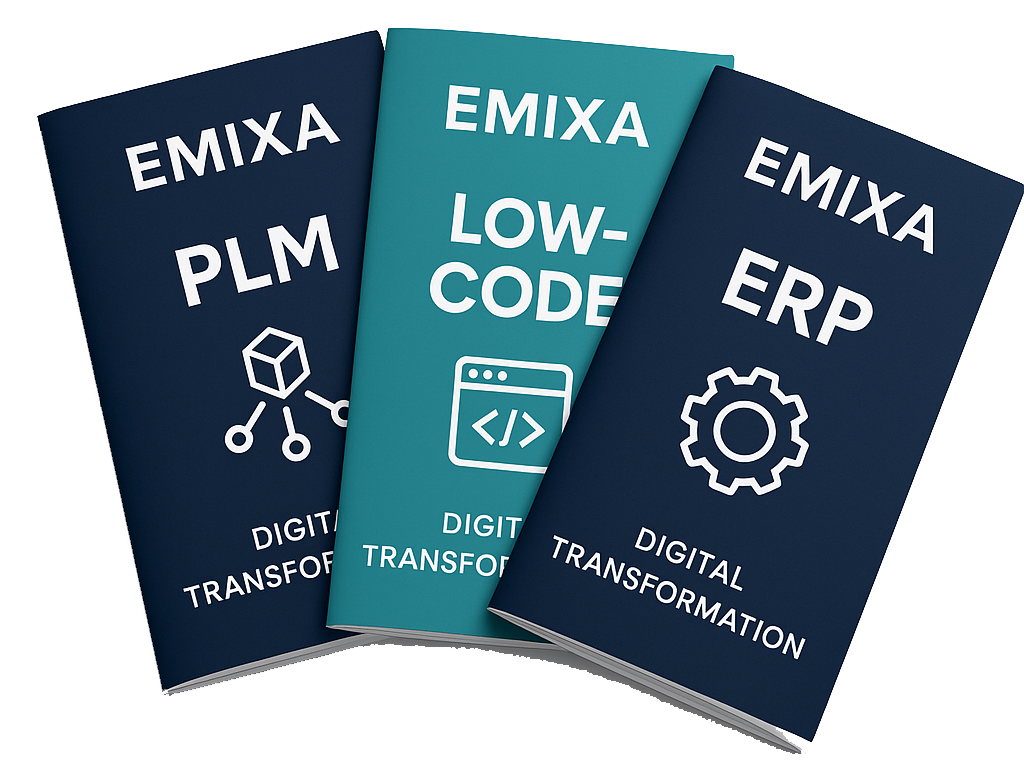
- SAP
Asset Intelligence Network (AIN) for Data Exchange in the Chain

One of the most important trends within Asset Management concerns increasing the availability of assets through the application of data. To achieve this, information is needed. Information that is produced and recorded by various stakeholders in the chain during the entire life cycle of an asset.
Sharing and collecting this information across the chain is often difficult due to the fact that every stakeholder has their own way and structure for recording this asset data. Continuously sharing this information is often experienced as time-consuming and unprofitable. How can the various parties across the chain effectively share their data and strengthen mutual cooperation? The SAP Asset Intelligence Network (AIN) offers organizations a solution here.
AIN is a cloud solution that is part of SAP's Intelligent Asset Management (IAM) suite. An AIN system enables organizations to share asset data. The owner of this system is responsible for inviting and authorizing the partners. Depending on their role, the partners will be assigned rights ranging from creating and modifying to consulting specific data.
AIN uses Asset Central Foundation (ACF), the new standardized data model for asset data within SAP's Intelligent Asset Management suite. Industry standards are supported within ACF that make recording and sharing knowledge via AIN considerably easier and more effective.
Stakeholders when it comes to AIN
When it comes to asset management, three stakeholders have an interest in uniformly recording data:
Those are:
- suppliers or producers of the assets
- owners and operators of the assets
- parties that maintain the assets
Suppliers or producers of the assets
For the supplier, visibility into the use of an asset traditionally ends at the moment of delivery. That's a missed opportunity. Real-world usage data is invaluable for future product development and field support. For manufacturers, insight into the deployment, use and information recorded surrounding the failure of the asset is of great importance.
This can be used to determine whether customers use assets in such a way that the risk of failure is increased. When a supplier knows that a certain component fails when deploying an asset under certain circumstances, this can be taken into account in a future design. To meet this information need, it is dependent on the asset owner and the maintenance parties.
Owners and operators of the assets
The owner and operator of the asset does not always take care of its maintenance. In most cases this is left to specialized partners. Even in organizations that manage this themselves, there is usually a split between the production and maintenance departments.
The owner and operator of an asset will mainly focus on service life and deployability. How much dropout is there? How long does an asset last before it needs to be replaced? Will it be replaced by a product from the same supplier or are better products available from other suppliers? The asset owner is dependent on the supplier when it comes to new products, models, spare parts or changed regulations.
Parties that maintain assets
The parties that maintain assets often have a good overview of the required parts and the required frequency of maintenance. Insight into usage, on the other hand, is often only available when maintenance is carried out as a result of a preventive maintenance plan or a malfunction.
It is precisely with this insight that maintenance parties can realize improved or even new services. After all, maintenance can be offered proactively to prevent breakdowns. In fact, maintenance can even be postponed if it turns out that this is not necessary with the current deployment.
AIN meets the widely supported need for uniform data registration
Despite the widely supported need for uniform data registration, there is a 'chicken-and-egg' problem. Who starts? SAP has developed AIN to support organizations in standardizing and sharing their data across the chain. To meet the aforementioned information needs, the various parties are dependent on each other and collaboration is essential.
By centrally recording and making asset data available within AIN, all parties have real-time insight into the latest status of product information, the use and failure of assets and maintenance carried out. Suppliers can develop new and improved products, asset owners and operators can achieve higher asset availability at lower costs, and maintenance parties can deliver improved and new services.

Vincent Beumer
Vincent is a marketing manager and highly experienced consultant with extensive knowledge on Digital Transformation and Analytics within the SAP-domain.
Get in touch
Ready to make a business change? At Emixa, we'd be glad to share our comprehensive insights. Contact us to discover how our approach can help your organization thrive in the cloud era. Let's embark a journey towards enhanced efficiency and effectiveness together!
Author: Vincent Beumer
Published date: August 26, 2025

Explore our Technology. Access our downloads center.
Access NowStart your Digital Transformation with Emixa

We help businesses transform their digital future with cutting-edge technology and strategic products & services


